National, forest, and animal parks have been created for the general public’s benefit and the development of science, recreation, education, and research. These complexes include lakes, parks, and forests. The Wildlife Parks have been created with the intention of ex situ conservation of endangered wildlife species and the upkeep of backup stock. Lal Suhanra National Park’s open spaces provide opportunities for pleasure and wellness.
Lal Suhanra, situated in Pakistan’s Punjab province’s Bahawalpur district, is one of the biggest national parks in South Asia. Lal Suhanra’s 162568 acres are home to many ecosystems, including marsh, desert, and woodland.
The park, around 35 kilometers east and 15 Km toward the south of Bahawalpur, offers a distinctive fusion of forest and desert ecosystems. It occupies ground on both banks of the Desert Branch canal. It covers a total area of 127,480 acres (51,368 hectares), including 4,780 acres (1.8 km2) of marsh, 20,974 acres (8,491 hectares) of green land (irrigated plantations), and 101,726 acres (40,942 hectares) of dry land (desert) (ponds and lakes).
Dunes that range in size from a few hundred to several thousand acres punctuate the park’s otherwise fairly flat environment. Cholistan’s 77,480-acre national park was established in 1972 to preserve and repopulate the area’s unusual and endangered plant and animal species. Thanks to additions in 1984 (an extra 50,000 acres) and 2000, the size of Lal Suhanra National Park has increased to 162568 acres (an additional 35088 acres).
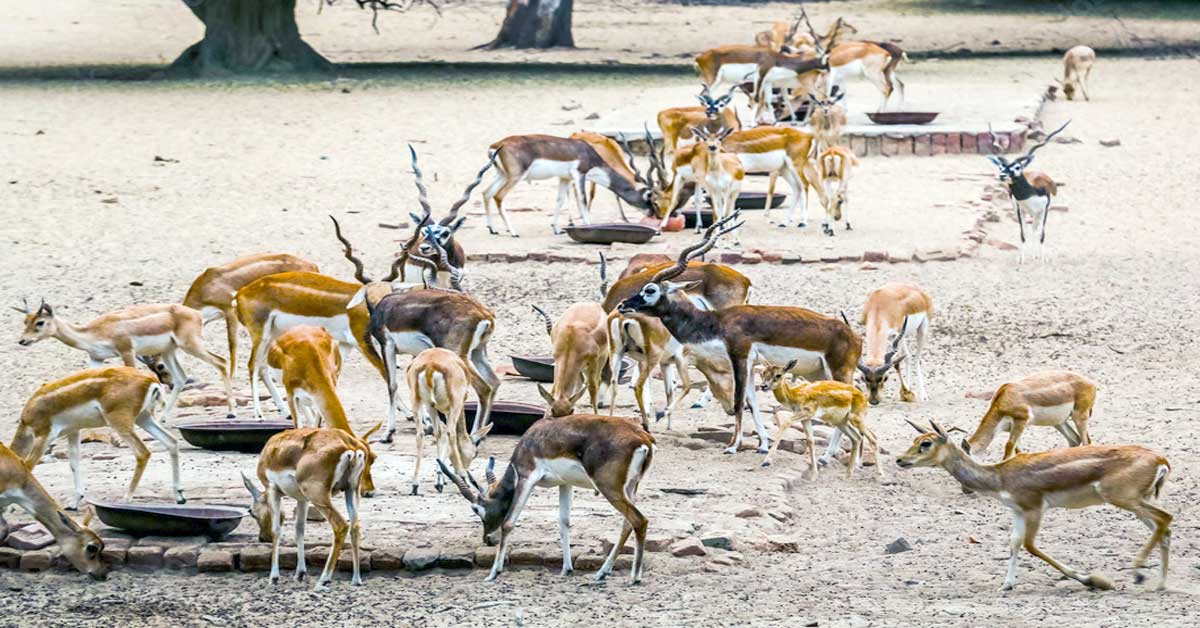
The survey for transferring an additional 288 hectares (or acres) is finished. Focusing on threatened species like the chinkara, blackbuck, blue bull, and others, Cholistan National Park aims to maintain the area’s natural flora and fauna to ensure the long-term protection of these and other animals throughout Pakistan. Encourage scientific research on Cholistan’s natural plant and animal species to maintain and improve the native gene pool, particularly in Blackbuck, Chinkara, and Blue bull species.
Ecological Characteristics
Lal Suhanra Biosphere Reserve and National Park are located in Pakistan’s Punjab Province, near the northwest corner of the Cholistan Desert. The usually flat desert landscape is peppered with dunes that can grow up to 1,000 hectares in size and are 4 meters tall, some of which are unstable.
The biosphere reserve is divided by the dried-up bed of the Hakra River and includes Patisar Lake and irrigated land. The lake’s primary purpose was as a water storage facility, but due to its size, it has now developed into a significant wetland for waterfowl (1,935 hectares). Since the pond now supports massive reed beds and submerged and floating aquatic vegetation, most bird species no longer use it as a habitat.
A subtropical thorn forest with Calligonum polygon sides, Calotropis procera, Capparis decidua, and Prosopis cineraria; and irrigated plantations with Acacia nilotica, Dalbergia sisso, Eucalyptus camaldulensis, Prosopis cineraria, Tamarix aphylla, Capparis decidua, Salvadora oleracea.
Socioeconomic Characteristics
Archaeologists have discovered artefacts on the Hakra River’s banks from a long-gone civilisation. The roughly 6,000 inhabitants of the biosphere reserve mainly continue to live a nomadic lifestyle (1997, but also benefit from tourism). Approximately 2,000,000 domestic and 100,000 foreign visitors per year. The local community is aware of environmental challenges through the media (television, radio, and movies), live activities (such as field trips and lectures), and online tools.
Zoological Characteristics
Numerous animal species can be found in the Lal Suhanra conservation area. Other types of desert fauna include wildcats, rabbits, bustards, deer even Blue bulls. A few of the reptiles found in the park include the Monitor lizard, Russell’s viper, Indian cobra, saw-scaled viper, wolf snake, John’s sand boa, and spiny-tailed lizard.
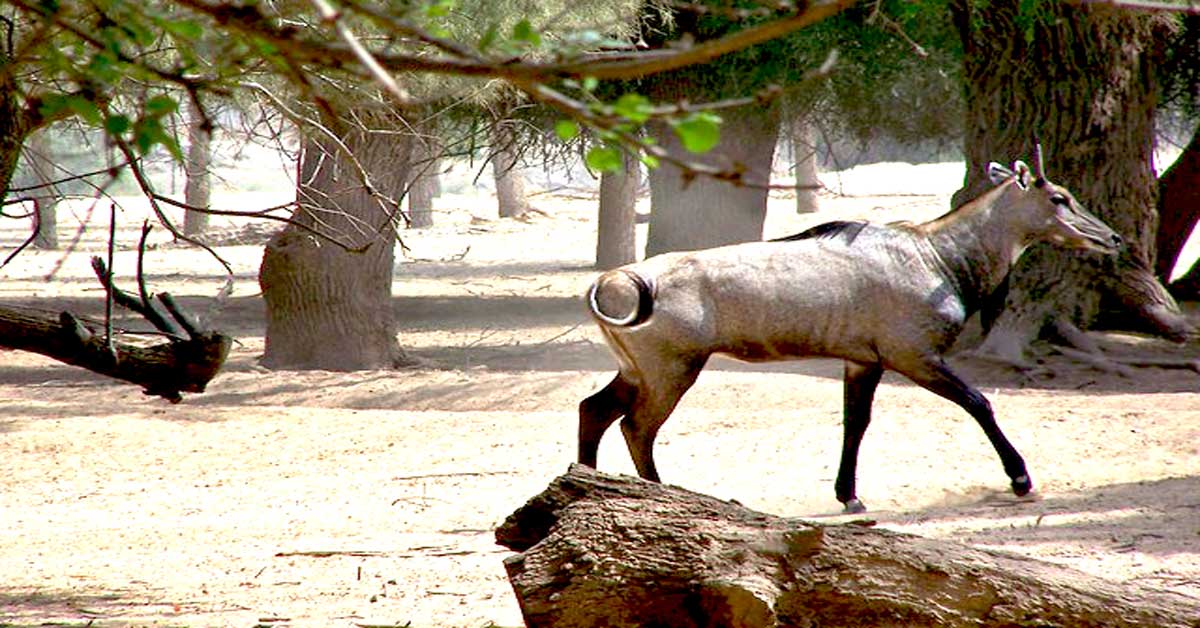
Additional bird species include the Houbara Bustard, Griffon Vulture, Honey Buzzard, Marsh Harrier, Hen Harrier, Laggar Falcon, Peregrine Falcon, Kestrel, Indian Sparrow Hawk, Egyptian Vulture, Lark, Shrike, Wheatear, and Barn Owl. A large lake in the middle of the park called Patisar Lake is ideal for bird observation. During winter, there are normally ten thousand and thirty thousand ducks and common coots on the lake.
Statistics of Wildlife
Before being reintroduced in Lal Suhanra’s sizable enclosures, the blackbuck, the chinkara gazelle, nilgai antelope, hog deer, and Indian rhinoceros had almost gone extinct in the Cholistan Desert. A fantastic place to watch birds is Patisar Lake, a sizable lake in the centre of the park. Patisar Lake is home to 10,000 and 30,000 ducks and common coot during the winter. There were more than 13,000 ducks in January of 1987. The park is also home to several raptors.
Animals:

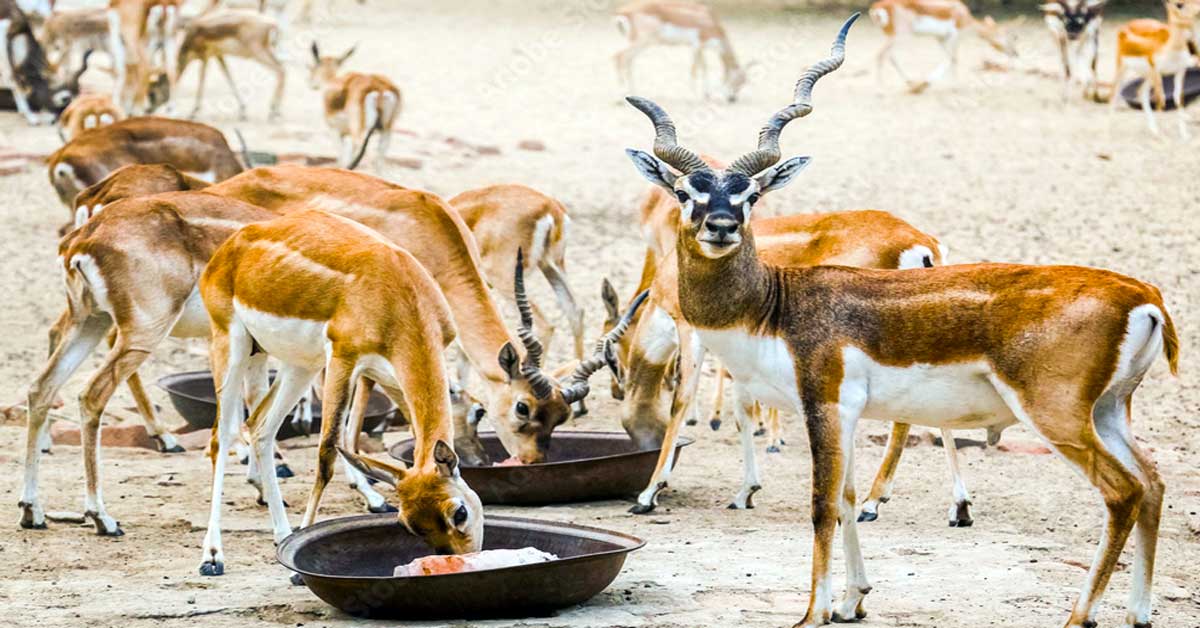
Numerous diverse mammal species may be found in the park, including the long-eared hedgehog (C), Nilgai antelope (T), black buck (T), chinkara gazelle (V), hog deer (T), red fox (C), Bengal fox (V), golden jackal (C), porcupine (C), caracal cat (R), the mongoose (C), and jungle cats (R) (T).
Note:
We can use the following notation to keep track: T stands for Threatened, V for Vulnerable, R for Rare, C for Common, and ? Unknown.
Birds:
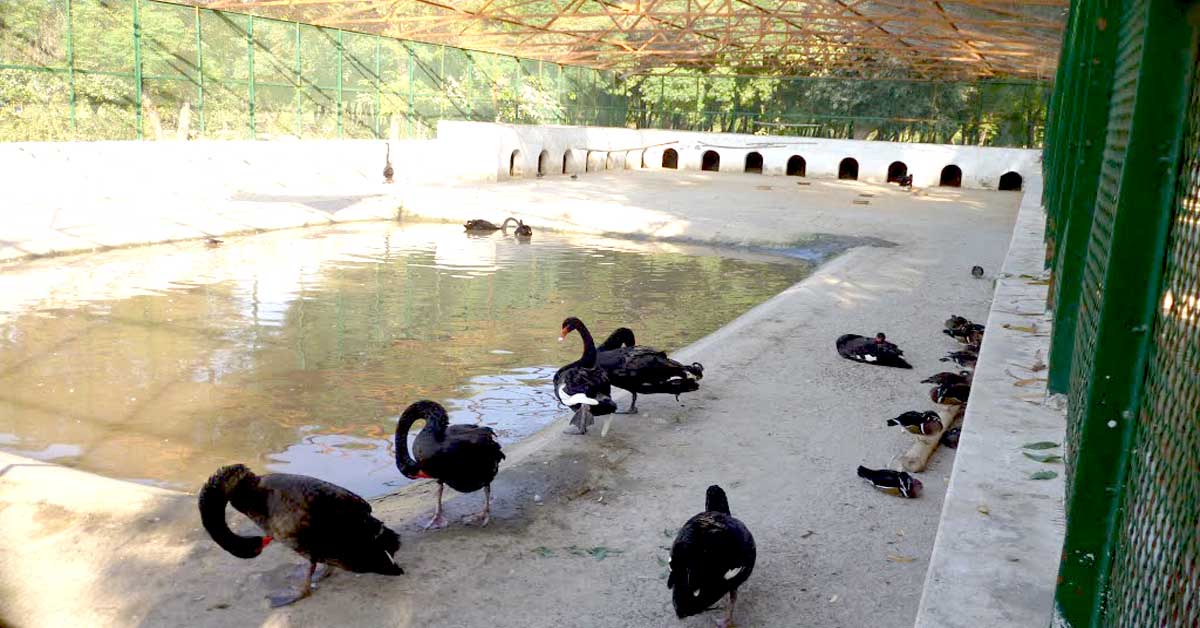

There are 160 species of birds. Numerous bird species, including the houbara bustard, gryphon vulture, honey buzzard, marsh harrier, hen harrier, kestrel, Indian sparrow hawk, Egyptian vulture, lark, shrike, wheatear, and barn owl, can be seen in the park.
Reptiles:
Some of the reptiles you might observe in the park are Monitor lizards, Russell’s vipers, Indian cobras, Saw-scaled vipers, Wolf snakes, John’s sand boas, and Spiny-tailed lizards.
Attractions:
The Punjab provincial government is converting Attractions Lal Sohanra National Park into a top-notch safari park for exotic animals. One of the most well-liked activities is the lion safari, where guests can get up close and personal with wild lions in their natural habitat. The park’s captive breeding facility is home to a pair of rhinoceroses that Nepal donated.
About 400 different animal species can be found in the Lal Sohanra Park, including a sizeable population of Blackbucks, an antelope breed renowned for its high sexual dimorphism. More blackbucks are regularly introduced into the park’s population to support conservation efforts.
Facilities:
The following facilities are available at Lal Suhanra National Park:


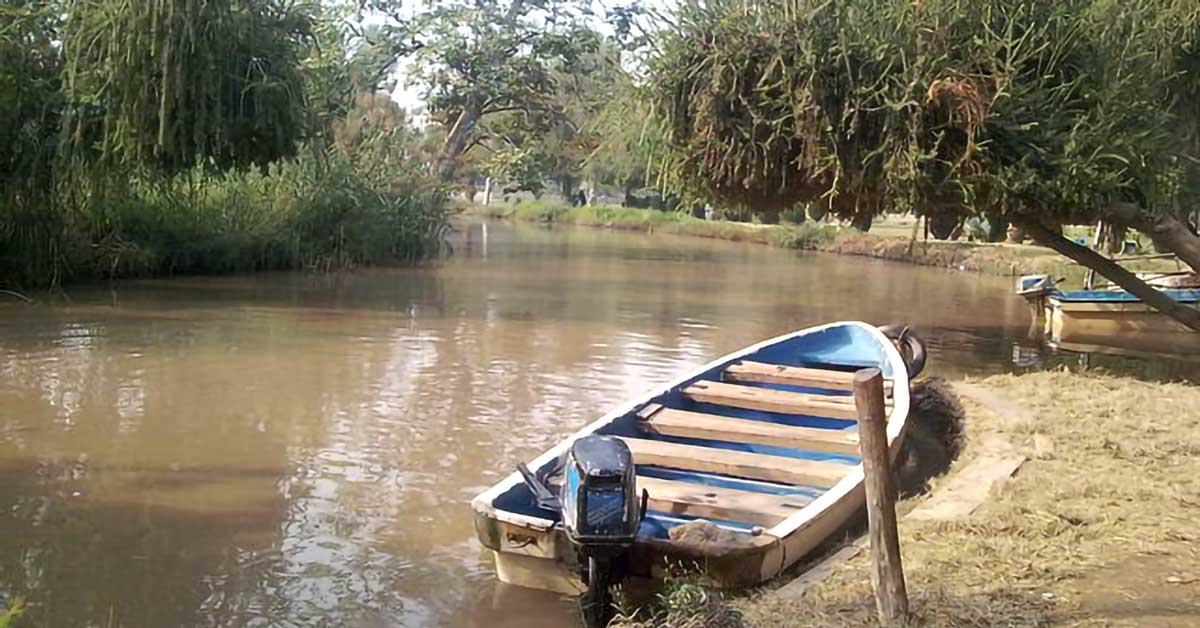
- Booting
- Canteen
- Children Gadgets
- Camel Riding
- Horse Riding
- Grassy Lawn
- Bamboo Hut
- Children Park
- TDCP Motel
There are many attractions at the Lal Suhanra national park:
- Ovel Lake
- Black Buck
- Lion Safari
- Chinkara
- Rhino
- Black Swan
- White Swan
Lal Suhanra Park provides a range of recreational opportunities, including the ability to host events in the six-suite motel established by the TDCP. The average annual temperature is 50 degrees Celsius (50C), and there is an average of 5 inches of rainfall ( per annum). It is 50 Km away from Bahawalpur. It’s free for the public, there are no entrance, parking, or communication fees.